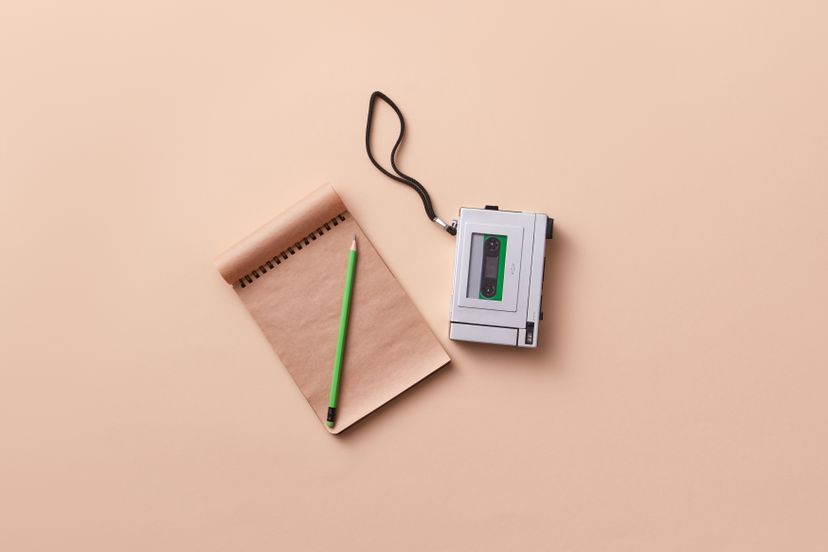
Dictaphones have revolutionized the way we record and transcribe speech. From their humble beginnings in the late 19th century to the digital devices we use today, dictaphones have played a vital role in various industries, including journalism, healthcare, and business. In this article, we will explore the fascinating history of dictaphones, from the early inventions of Alexander Graham Bell to the modern digital recorders we rely on today.
Advertisement